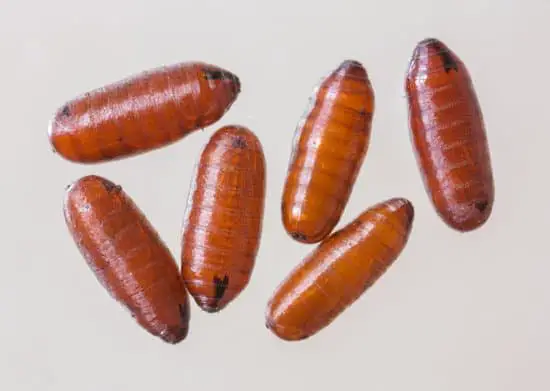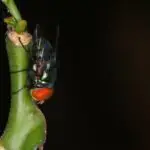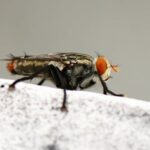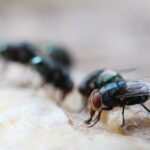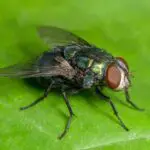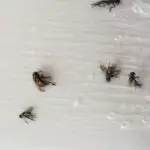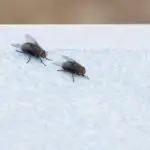How Good Can Flies See?
It is difficult to imagine a creature with vision that is so superior to ours, but flies are able to see objects around them and judge their direction accurately. Fly vision is like a mosaic, with thousands of little images forming a large visual image when viewed from a distance. These tiny images are created by photopigments in the ommatidium. The more ommatidia a fly has, the clearer their vision is.
Fly vision is an important aspect of flying. They can turn their head and change their direction in less than a fraction of a second. This is possible because their compound eyes are made up of many facets that help them create images. The facets help focus light onto clusters of photoreceptors, which are the light-sensing cells in their eye. Each of these facets is responsible for forming an individual pixel of their vision.
Because flies are unable to control the amount of light that comes into their eyes, their vision is relatively blurry. In addition, flies have small heads that can only house a few facets. Their vision is also blurred because their photoreceptors process light quickly. Humans, on the other hand, are able to distinguish up to 60 discrete flashes of light per second. This ability depends on lighting conditions and the part of the retina that receives light.
Flies have poor color vision, and their eye receptors only have two types of color receptor cells. This makes it difficult to distinguish between colors. Moreover, flies cannot see red, which is the lowest color frequency we can see. Despite these limitations, flies are able to recognize polarized light, which humans can’t see.
